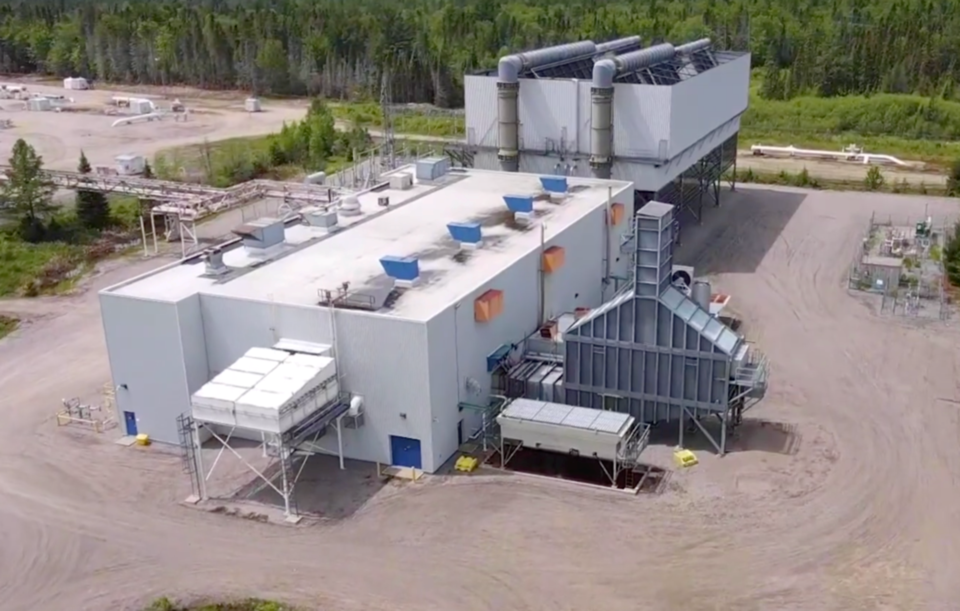A Florida bitcoin producer and data centre company with Ontario ties has secured a five-year agreement to sell power to the provincial government.
Last week, Miami-based Hut 8 Mining announced that each of its four natural gas-fired power plants in Ontario — including three in Northern Ontario — was awarded a five-year medium-term capacity contract with the Ontario Independent Electricity System Operator (IESO).
Hut 8, best known for its bitcoin operations, has moved into the field of power generation and has locked up a mid-range contract to sell power to the Ontario grid when required and generate some cash flow.
“Hut 8 is selling capacity,” said company spokesperson Gautier Lemyze-Young.
The company locked up these deals through a competitive bidding process where generators submitted bids to the IESO offering a committed amount of power capacity over a period of time.
Hut 8 had previously been reliant on shorter, seasonal agreements.
The Ontario sites involved — with a total power capacity of 310 megawatts (MW) — are Iroquois Falls (120 MW), Kingston (120 MW), Kapuskasing (35 MW) and North Bay (35 MW), under the banner of Far North Power Corp., Hut 8’s power division.
These power facilities in northeastern and eastern Ontario were acquired in a 2023 insolvency sale from the now defunct Validus Power.
The contracts commence May 1, 2026.
Lemyze-Young said the plants are being made available as “dispatchable peaking resources.”
The facilities aren’t designed to offer continuous 24/7 generation. The company will be compensated by keeping them in a ready-to-run state and “delivering power when called upon, typically during periods of elevated demand or grid stress.”
A Hut 8 news release said it secures a weighted average of payment of $530 per megawatt-business day in the first year, with partial inflation indexation allowing for potential increases over time.
In the big picture, Ontario is in dire need of new generating capacity and grid infrastructure. Power generators like Hut 8 provide a good stopgap for the time being.
Last fall, in a briefing note, the IESO forecasted that the demand for electricity in Ontario will surge by 75 per cent over by 2050 due to a sudden proliferation of data centres supporting artificial intelligence.
Coincidentally, Hut 8’s July 2 news release came out the same day that provincial Energy and Mines Minister Stephen Lecce announced stricter and more selective rules are coming out before data centres get the nod to hook up to Ontario’s power grid. Data centres consume huge amounts of energy to run and cool extensive banks of computers.
The province said priority will be given to those that serve the province’s economic interests.
Hut 8 is in a privileged position in that it comes to the IESO table with its own power-generation division in Far North Power.
Overall, Hut 8 has 1,020 megawatts of energy capacity under its roof at 15 sites across North America, including the four power generation sites in Ontario; five bitcoin producing sites in Alberta, New York and Texas; five computing data centres in British Columbia and Ontario; and one non-operational site in Alberta.
In the release, Hut 8 said these contracts with IESO help stabilize its cash flow in transitioning from short-term seasonal capacity agreements to fixed five-year contracts.
The company sees “upside potential” to generate additional cash flow through energy sales into the Ontario market where IESO is predicting significant electricity demand growth and severe shortfalls in power capacity.




